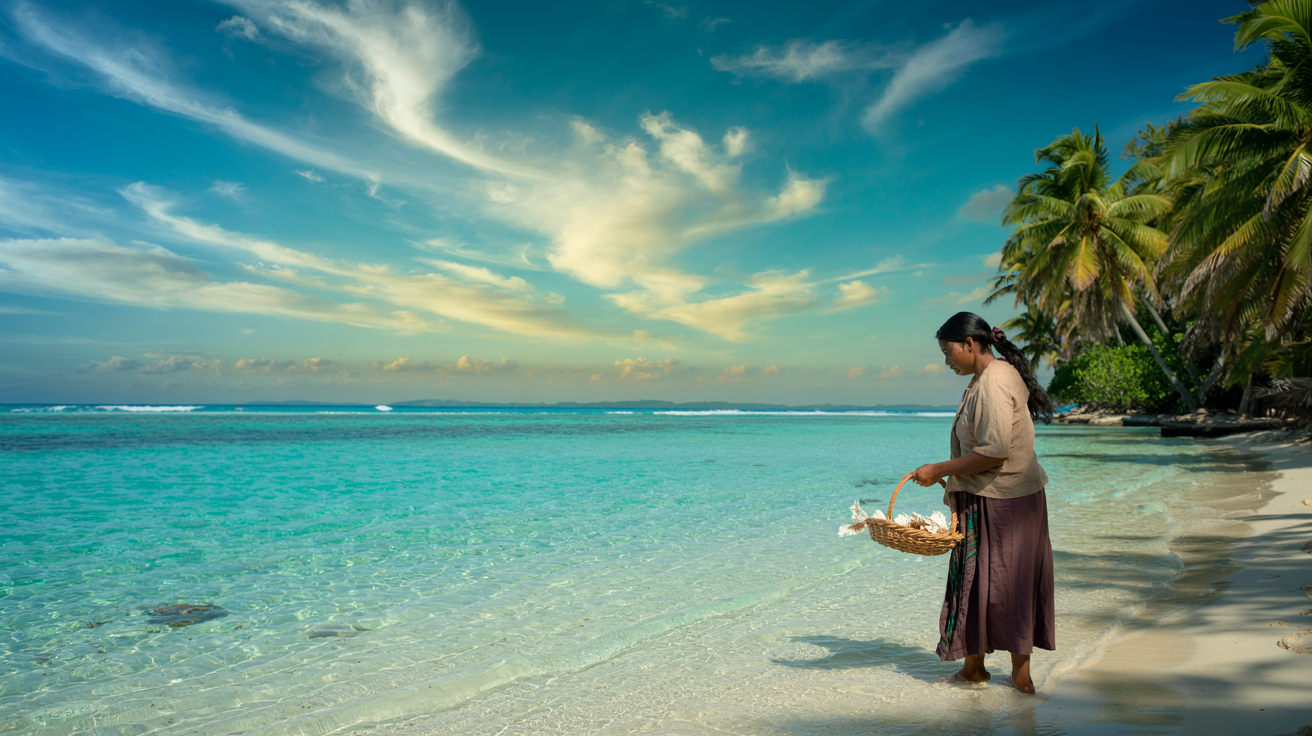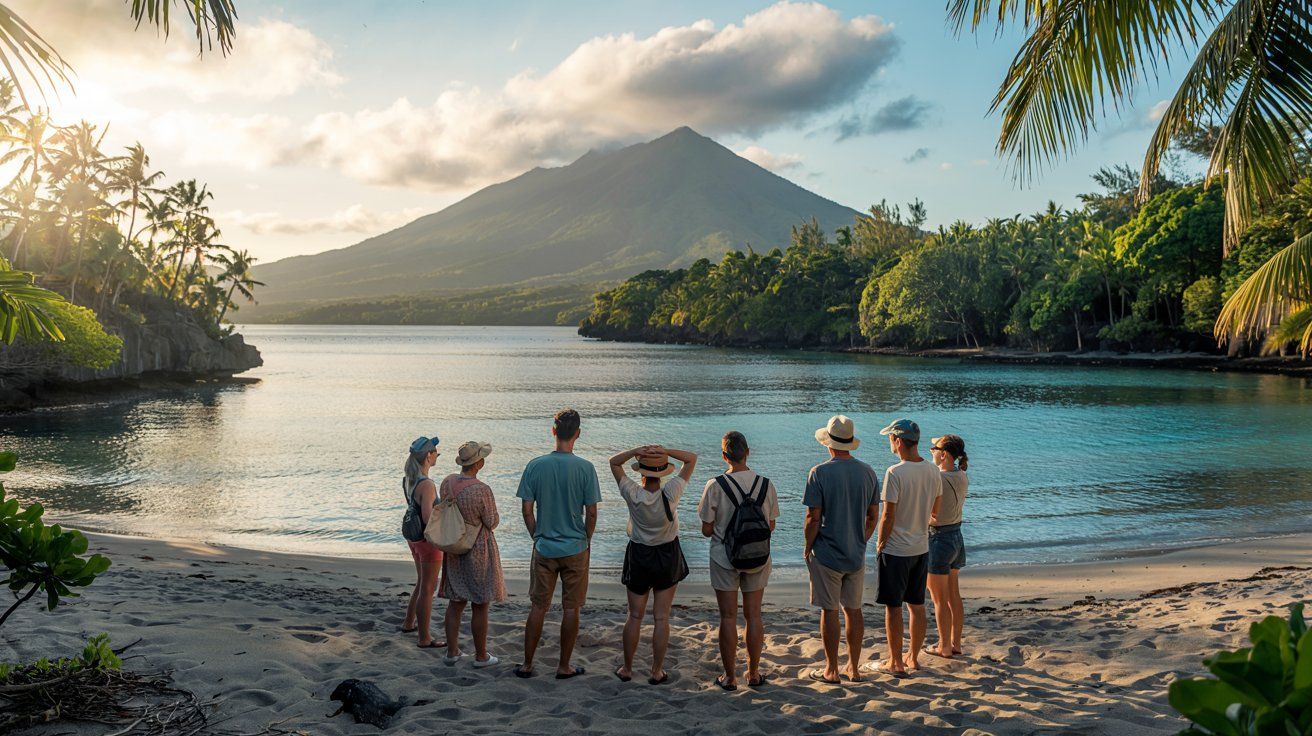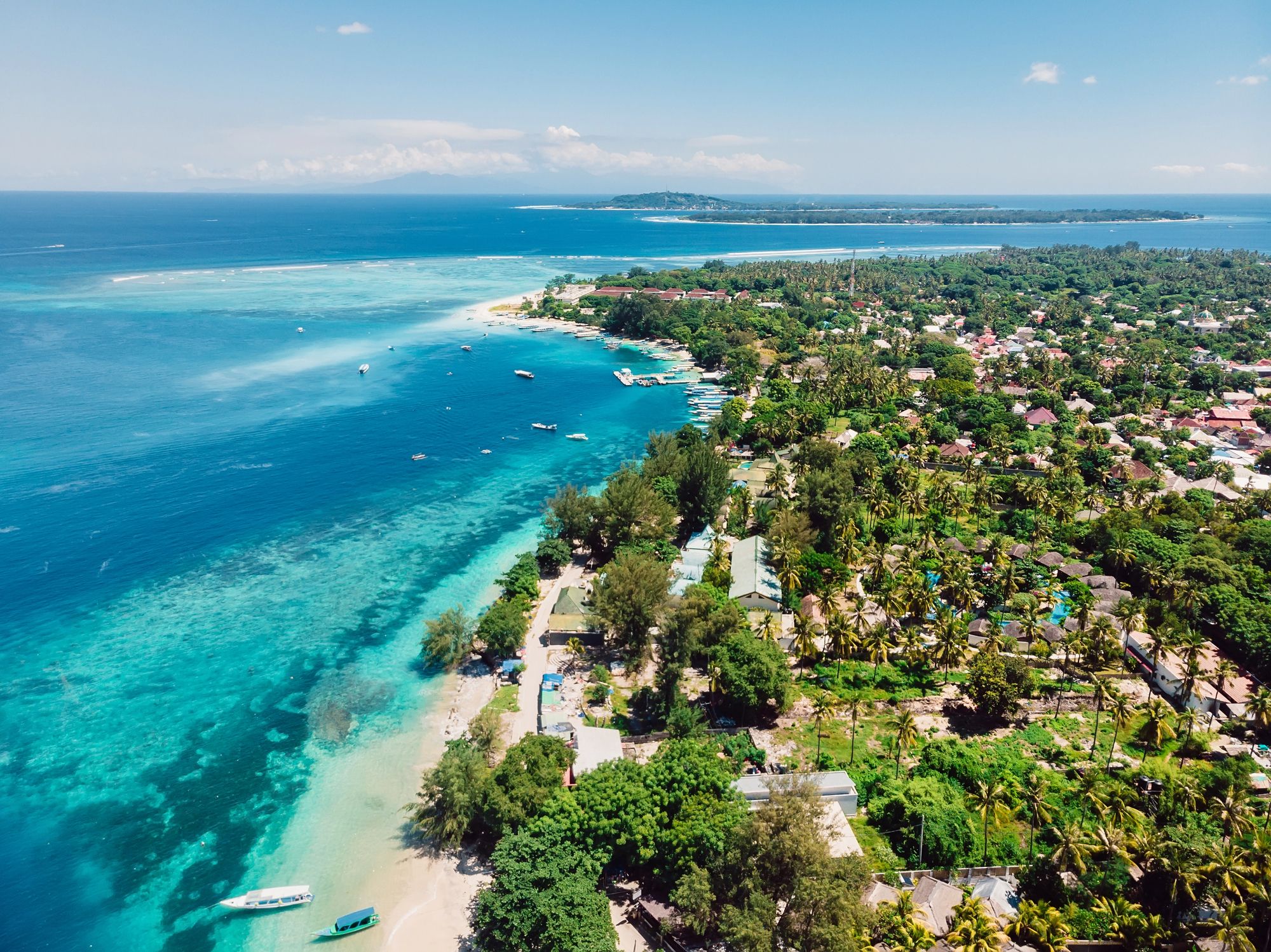Vanuatu, like many Pacific archipelagos, shares a unique environmental vulnerability similar to the Marshall Islands, where a recent discovery by researchers from The University of Texas at Arlington (UTA) has shed light on the presence of an invasive species—the greenhouse frog.
This newly documented amphibian is threatening the Marshall Islands’ fragile ecosystems, raising questions about the challenges of invasive species management in remote island settings.
Let’s explore the implications of this discovery, what it means for island biodiversity, and the lessons other Pacific nations, including Vanuatu, can learn from this pressing ecological issue.
Unpacking the Greenhouse Frog Discovery in the Marshall Islands
The greenhouse frog, a small amphibian believed to have arrived in the Marshall Islands through accidental means like shipping or plant imports, has become a cause for concern.
This species is invasive, meaning it thrives outside its natural habitat at the expense of native ecosystems. Once introduced, such species can upset the delicate ecological balance that islands depend on.
The UTA researchers who discovered this frog have determined it displaces native species, reducing biodiversity.
With an incredible ability to reproduce rapidly, the greenhouse frog competes for limited resources such as food and habitat, leaving indigenous species, including insects and potentially other native amphibians, at a significant disadvantage.
Why Island Ecosystems Are Particularly Vulnerable
Islands like the Marshall Islands—and indeed Vanuatu—are inherently vulnerable to invasive species due to their isolated nature and delicately balanced ecosystems.
These ecosystems have evolved in seclusion over millennia, making native species particularly ill-equipped to compete with aggressive newcomers.
This discovery underscores the major ecological challenges islands face and the specific reasons why invasive species pose such a dire threat to these isolated habitats:
- Limited resources: Most islands have finite food, water, and shelter options, making competition more intense when invasive species arrive.
- Specialized native species: Island wildlife often evolves to thrive within specific ecological niches and cannot adapt rapidly to new competitors.
- Lack of natural predators: Some invasive species flourish unchecked in their new environments because they face no natural predators or controls.
Building Conservation Strategies: Lessons from the Marshall Islands
The UTA research emphasizes the importance of early detection and intervention when dealing with invasive species.
Discovery of the greenhouse frog is just the first step in protecting the Marshall Islands’ native species. Local authorities have been prompted to collaborate with researchers to monitor the amphibian population and develop strategies to curtail its spread.
Among these strategies are habitat management, public education on biosecurity practices, and ensuring that goods imported to the islands are carefully inspected for stowaway species.
Such a comprehensive approach can prevent irreversible damage while potentially eliminating non-native species before they become fully established. However, proactive measures across other Pacific nations, including Vanuatu, can reduce the risk of a similar invasion occurring elsewhere.
Practical Steps Islands Can Take to Combat Invasive Species
Preventing the introduction and spread of invasive species is no small feat, but history has shown that vigilance and coordinated interventions can make a difference. Here are key actions islands can adopt:
- Implement tighter import controls: Checking incoming goods for stowaway animals, plants, or fungi can prevent accidental introductions.
- Educate residents and visitors: Awareness campaigns about biosecurity risks encourage people to take precautions with their belongings and outdoor equipment.
- Create rapid response protocols: Early detection mechanisms should include plans for swift action whenever invasive species are spotted.
Why This Matters for Vanuatu’s Ecosystem
Though the Marshall Islands may seem distant, Vanuatu’s situation mirrors many of the same ecological conditions that make islands susceptible to invasive species.
With its lush rainforests, remarkable coral reefs, and endemic wildlife, Vanuatu is a biodiversity hotspot. However, these traits also make it a potential target for invasive species, particularly from the aggressive spread of amphibians, marine creatures, or plant-eating insects.
Learning from the Marshall Islands experience, Vanuatu must remain vigilant in identifying and addressing potential threats.
Investing in biosecurity measures, monitoring local ecosystems, and encouraging international collaboration can help preserve the pristine beauty and biodiversity that make it an enchanting destination for travelers worldwide.
As we reflect on the Marshall Islands’ challenges, it becomes clear that the battle against invasive species requires not only scientific research but also community action and international partnership.
For adventurous travelers exploring the Pacific, understanding these efforts provides another reason to appreciate—and protect—the unique ecological treasures found across islands like Vanuatu.
Here is the source article for this story: UTA researchers find invasive frog on Pacific island








